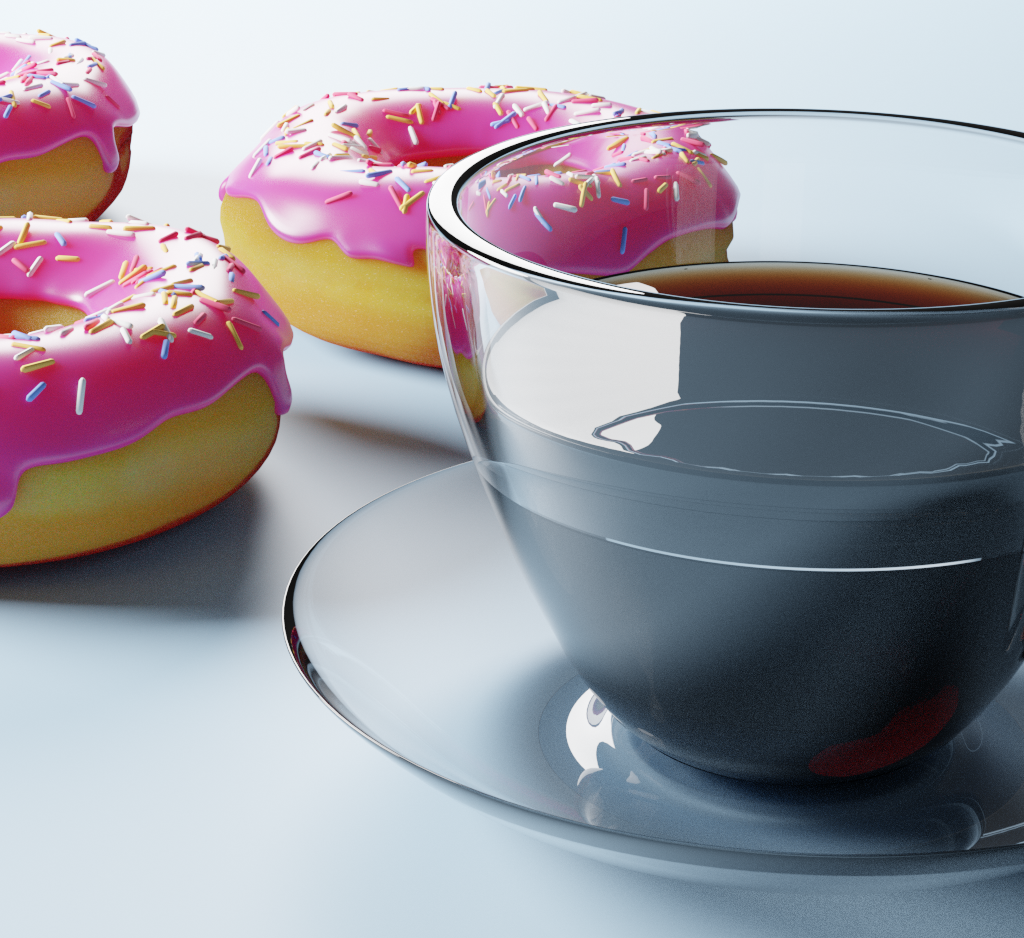Copenhagen, Denmark — Denmark’s Lego said on Monday that it remains committed to its quest to find sustainable materials to reduce carbon emissions, even after an experiment by the world’s largest toymaker to use recycled bottles did not work. Lego said it has “decided not to progress” with making its trademark colorful bricks from recycled plastic bottles made of polyethylene terephthalate, known as PET, and after more than two years of testing “found the material didn’t reduce carbon emissions.”
Lego enthusiastically announced in 2021 that the prototype PET blocks had become the first recycled alternative to pass its “strict” quality, safety and play requirements, following experimentation with several other iterations that proved not durable enough.
The company said scientists and engineers tested more than 250 variations of PET materials, as well as hundreds of other plastic formulations, before nailing down the prototype, which was made with plastic sourced from suppliers in the U.S. that were approved by the Food and Drug Administration and European Food Safety Authority. On average, a one-liter plastic PET bottle made enough raw material for ten 2 x 4 Lego bricks.
Despite the determination that the PET prototype failed to save on carbon emissions, Lego said it remained “fully committed to making Lego bricks from sustainable materials by 2032.”
The privately-held Lego Group, which makes its bricks out of oil-based plastic said it had invested “more than $1.2 billion in sustainability initiatives” as part of efforts to transition to more sustainable materials and reduce its carbon emissions by 37% by 2032, Lego said.
The company said it was “currently testing and developing Lego bricks made from a range of alternative sustainable materials, including other recycled plastics and plastics made from alternative sources such as e-methanol.”
Also known as green methanol, e-methanol is composed of waste carbon dioxide and hydrogen, created by using renewable energy to split water molecules.
Lego said it will continue to use bio-polypropylene, the sustainable and biological variant of polyethylene — a plastic used in everything from consumer and food packaging to tires — for parts in Lego sets such as leaves, trees and other accessories.
“We believe that in the long-term this will encourage increased production of more sustainable raw materials, such as recycled oils, and help support our transition to sustainable materials,” it said.
Lego was founded in 1932 by Ole Kirk Kristiansen. The name derived from the two Danish words, leg and godt, which together mean “play well.” The brand name was created unaware that lego in Latin means "I assemble."
deleted by creator
In Danish media the quote actually said the recycle bricks had higher carbon footprint than those from virgin plastics.
Plenty other uses for recycled plastics. Not every application is ideal for recycled plastics.
Both. Reduce waste and pollution for obvious reasons, but it also reduces emissions from the creation of virgin plastics.
Plastics and petchems are a major money maker for the oil and gas industry. By reducing the demand for virgin plastics we take another small step towards making the oil and gas industry rethink their plans for more drilling, burning, polluting etc.
If we want a clean future we need a better way to make plastic. Be that from improving the currently pretty poor recycling process, and/or find new feedstock.
If we want a clean future we need a better way to make plastic. Be that from improving the currently pretty poor recycling process, and/or find new feedstock.
The missing bit is that we should look to reduce plastics use first and foremost. That would help along the entire chain: fewer emissions in production of raw materials, fewer emissions during production of products, less money going to oil companies, less waste, less microplastics in the environment, fewer recycling headaches.
There are some seemingly magic solutions, like replacing styrofoam by fungi that grow into shapes or used coffee grounds for 3D printers.
There are also solutions where it makes sense to change the entire product, like with soap, creams or toothpaste that can all be replaced with dry variants that allow for plastic-free packaging.
Finally, there also are really banal solutions like introducing deposit systems for packaging, skipping the extra little baggy, buying from the bulk section of the supermarket, or drinking tap water.
And sure, the things I mentioned skew towards things consumers can do at home and won’t fix the plastics market on their own but they are just examples.
There are some seemingly magic solutions, like replacing styrofoam by fungi that grow into shape or used coffee grounds for 3D printers.
You know, that fungi are no magic? They need nutrients (organic matter which has to be produced somehow), water and they exhale CO2. They also require very controlled environment conditions, which requires energy and can increase carbon footprint.
One may say – use organic waste to feed fungi – but most organic waste already has some use – animal fodder, compost, biofuels, etc. Or it could be used for carbon sequestration (e.g. by burying where it cannot decompose). So forcing fungi usage could end like promoting biofuels – by environment destruction for plants which are they raw material needed.
The same thing with coffee grounds – do we have enough of them to replace any significant part of plastics? Aren’t they used in other important way? We don’t want more jungle being destroyed to grow coffee for 3D printers…
Scientists and engineers all around the world are looking for something to replace fossil-based plastics. But there is no magic solution here.
You know, that fungi are no magic?
I know–I said “seemingly”. Maybe I should have structured the post differently, as one of the best solutions is obviously re-use. Deposit systems (and other re-use) should probably have been at the top.
I agree with that a byproduct/waste product turns out to be profitable, becomes more important than the original product and suddenly drives extra production. Part of the solution
They need nutrients (organic matter which has to be produced somehow), water and they exhale CO2. They also require very controlled environment conditions, which requires energy and can increase carbon footprint.
Fungi can solve a number of issues: they can (apparently) be lighter than styrofoam, meaning you actually need less material. In the end, you can throw them into the organic waste (or bury them in the ground), so they continue to be part of the cycle. They also don’t contain microplastics or toxins etc. Styrofoam on the other hand is completely unrecyclable (afaik) and can only be burned.
One may say – use organic waste to feed fungi – but most organic waste already has some use – animal fodder, compost, biofuels, etc.
You probably need specific nutrients (I’d guess carbohydrates) for the fungi. But sure even if organic waste were an option, how to feed them could become an issue.
The same thing with coffee grounds – do we have enough of them to replace any significant part of plastics? Aren’t they used in other important way? We don’t want more jungle being destroyed to grow coffee for 3D printers…
3D printers already use bio-based plastics (PLA) made from e.g. corn and come from intransparent supply chains. I guess it wouldn’t get worse at least. Compared to corn, coffee also tends to be relatively expensive, so another guess, it will always continue to make more sense to brew it first. It may not scale to 100% but it’s likely a useful type of diversification
Just to say: this little exchange was surprisingly informative and enlightening. Thanks to both of you!
We have a way to dispose of all plastics, aka burn it.
Problem is that this emit CO2.
On the other hand, creating plastic from atmospheric CO2 (which requires energy, lots of energy) and then, after it did its job, letting it get buried on landfills can actually be a way for carbon sequestration.
So where did they drop them? Just asking to know where I need to make sure I wear shoes.
That’s a carbon footprint that hurts.
It’s real fucking sad that their goal is to reduce their emissions by only 37% in 10 years.
It kills me that Apple likes to brag they will be carbon neutral by 2030… it’s really fucking easy to become carbon neutral. Dissolve the company. They will still have 60 years of being a huge ass source of carbon emissions to make up for.
Then what smartphone will you use to make this comment? Obviously we need to produce stuff, that’s not the question here
Most of Europe isn’t on Apple like in the US.
The same goes for Google or any other smartphone producer
This is the best summary I could come up with:
Copenhagen, Denmark — Denmark’s Lego said on Monday that it remains committed to its quest to find sustainable materials to reduce carbon emissions, even after an experiment by the world’s largest toymaker to use recycled bottles did not work.
Lego said it has “decided not to progress” with making its trademark colorful bricks from recycled plastic bottles made of polyethylene terephthalate, known as PET, and after more than two years of testing “found the material didn’t reduce carbon emissions.”
Lego enthusiastically announced in 2021 that the prototype PET blocks had become the first recycled alternative to pass its “strict” quality, safety and play requirements, following experimentation with several other iterations that proved not durable enough.
The company said scientists and engineers tested more than 250 variations of PET materials, as well as hundreds of other plastic formulations, before nailing down the prototype, which was made with plastic sourced from suppliers in the U.S. that were approved by the Food and Drug Administration and European Food Safety Authority.
On average, a one-liter plastic PET bottle made enough raw material for ten 2 x 4 Lego bricks.
Also known as green methanol, e-methanol is composed of waste carbon dioxide and hydrogen, created by using renewable energy to split water molecules.
The original article contains 421 words, the summary contains 207 words. Saved 51%. I’m a bot and I’m open source!






